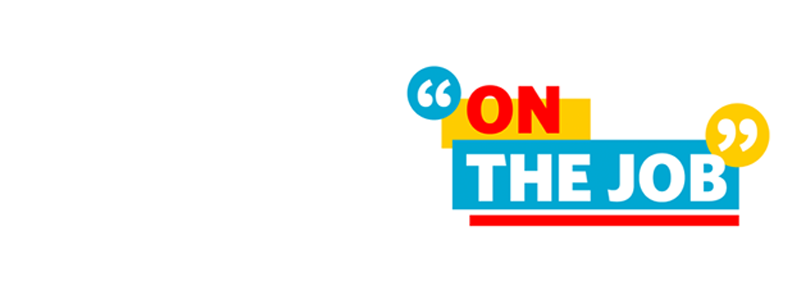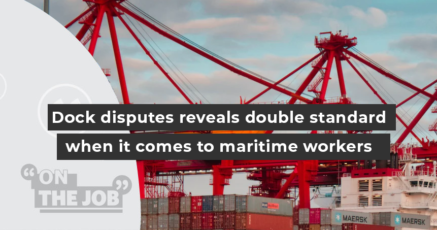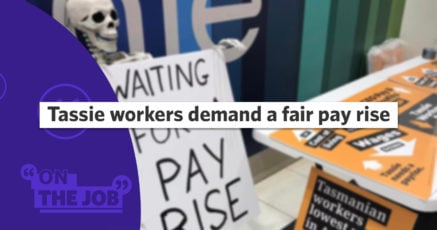The COVID-19 pandemic is a burden that is not equally shared.
Whilst the virus is indiscriminate in the way it proliferates, how it is transmitted, the risks faced, the financial pressures felt, and the choices people have to navigate it, vary greatly.
How we experience the pandemic has become a schism clearly drawn along socio-economic and geographic lines.
The sight of the streets of Fairfield in Sydney’s west, log-jammed with traffic as thousands of people were forced to wait for over six hours in their cars for a COVID-19 test, underlined the true shape of this health emergency.
This pandemic is a blue-collar and high-vis crisis, where the burden of infections, testing demand, job loss and displacement, and financial strain are hitting hardest.
In the Western suburbs of Sydney and in my Melbournian hometown, the City of Hume, COVID-19 has become a marker of just how entrenched inequality has become in Australia.
These are communities with rich cultural diversity, populated by people and families in the lowest income brackets, locked into Scott Morrison’s insecure work economy in casual or part time jobs without entitlements. Often, they are doing public-facing gigs that require them to travel long distances to earn a living –the perfect cocktail of circumstances for a highly infectious virus to flourish.
Dr Andy Marks is the Director of the Centre for Western Sydney at the University of Western Sydney. He told “On the Job” that people in his community have been hit hard by events in Sydney.
“It is showing up the real divide that we have on so many fronts, and the biggest one being around that question of choice. In large parts of Western Sydney, you don’t have the choice about staying home from work when you are in insecure employment or on a low wage,” Marks said.
“It’s simply a case of that choice being taken away from them. And that’s across so many fronts that’s playing out right now.”
Dr Marks said these issues are nothing new to people in working-class suburbs in our cities.
“The pandemic has pulled back the curtain on the structural inequity that’s been there long, long time before, lockdowns,” he said.
“Much of the workforce in Greater Sydney is trapped in this cycle where they need to leave their region for low paid work. They don’t have the capacity, for example, in many of these jobs to work from home.
“So, you’ll notice that work from home rates in parts of eastern Sydney, inner Sydney, and Northern Sydney, are incredibly high. And then compare that with Southwestern Sydney in particular.
“People don’t have the option to [work from home] because their jobs don’t lend themselves to that. Also, many of them don’t have access to digital devices or to the internet at home. Access to those kinds of things cost money, and that’s a difficult thing to do in a flat wage environment.”
Many workers from Sydney’s West provide services for and work in more affluent neighbourhoods, making up an army of insecure workers who keep the wheels turning for comfortable, middle Australia.
Whilst that clear demarcation has always been there, Dr Marks said it is now unavoidably clear how deep the inequality gap is.
“These inequities existed before COVID, and many of them have been hidden for a long time. But these communities get up every morning and are forced to leave their area for low paid work.
“The other aspect that compounds that inequity is because they’re on the road, they’re taking in excess of an hour to get in and out of work.
“They’re not having that time to trade-off and spend back in the community, to address their carer responsibilities, and those other things that they do, by way of community cohesion.
“There’s no time for it, when you’re getting home at seven o’clock at night, getting dinner on the table, putting the kids to bed, you know, that’s saps your ability to engage socially in your community.
“And there are obvious consequences of that.”
Dr Marks stresses that these communities, with their culture of self-reliance and resilience, will get through this latest challenge. He is also adamant that a new spirit of collective action to demand change is brewing.
“It’s never been more important for workers to band together and to remind each other and governments at state and federal levels that those issues and those rights aren’t to be traded away,” said Marks.
“And I think that you’ll see as part of a natural reaction to what’s occurring in parts of Western Sydney that people will consolidate and work together.
“If you don’t listen to a community, the first thing that happens is the community stops listening to you.
“The second thing that will happen is for the community finds its own voice. It’s something the union movement has thrived on for a long time.
“And on the back of the current situation, one positive side effect might be that we see a resurgence in that collective action because communities deserve it –and governments need to hear it.”













SHARE:
The war against COVID is also a fight for equality